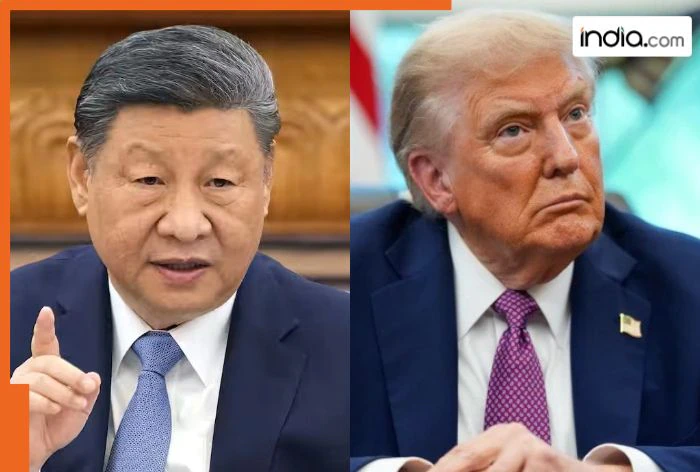
Eni agreed to buy power from the 400-megawatt (MW) ARC project in Chesterfield County, Virginia, despite CFS not knowing exactly what the project cost or when it will be completed.
Sign up here.
Any power generated by the project is expected to go to the grid in Virginia, home to the world’s biggest hub of energy-hungry data centers.
“This is showing in concrete terms, that people that use large amounts of energy, that know the energy market, that they want fusion power and that they’re willing to contract for it,” Bob Mumgaard, CFS CEO and co-founder, said about the deal.
Big Tech, utilities and energy companies are scrambling to secure electricity supply as U.S. power demand rises for the first time in two decades on artificial intelligence and data centers.
Eni, traditionally a major fossil fuel company, is rebranding itself as an energy technology company, investing in CFS since 2018.
Eni believes fusion is a “very disruptive, fundamental way,” to solve energy problems including cost and sustainability, Lorenzo Fiorillo, Eni’s technology, R&D and digital director, told reporters in a teleconference.
ENI and CFS did not specify the amount of power in their purchase agreement.
Physicists at national laboratories and companies have been trying for decades to use lasers or, in the case of CFS, large magnets to foster fusion reactions, in which light atoms are forced together under extreme heat to release large amounts of energy.
In 2022, the Lawrence Livermore National Laboratory in California briefly achieved net energy gain in a fusion experiment using lasers.
But achieving so-called “engineering break-even,” in which more energy comes out of a reaction than the overall energy that goes into a fusion plant to spark a reaction, has been elusive. And for a plant to generate power from fusion, the reactions must be constant, not rare.
“We’re not here saying today that fusion power has no technology left to do,” said Mumgaard. “But the character of that technology has shifted from … ‘Can this ever work?’ into a question like ‘Okay, what’re the details of how, when and where?'”
Reporting by Timothy Gardner Editing by Marguerita Choy
Our Standards: The Thomson Reuters Trust Principles., opens new tab
Timothy reports on energy and environment policy and is based in Washington, D.C. His coverage ranges from the latest in nuclear power, to environment regulations, to U.S. sanctions and geopolitics. He has been a member of three teams in the past two years that have won Reuters best journalism of the year awards. As a cyclist he is happiest outside.



